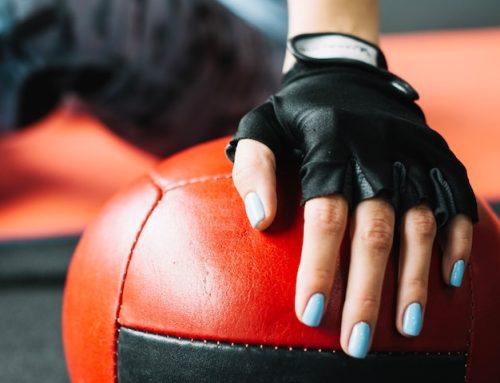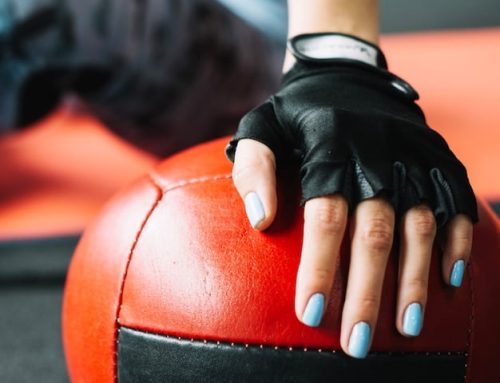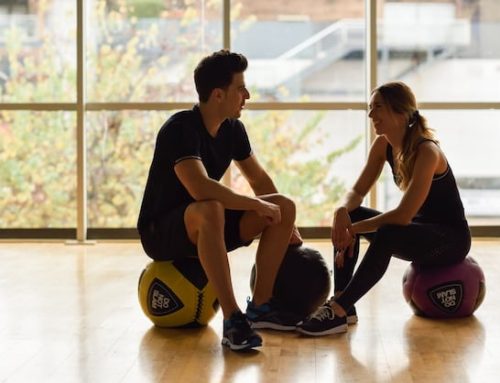Introduction
Medicine ball training is a popular form of exercise that incorporates the use of a weighted ball for strength, stability and coordination training. It is a versatile piece of equipment that can be used in a variety of exercises to target different muscle groups.
One of the most commonly asked questions about medicine ball training is whether it is healthy to sit on a medicine ball. In this article, we will delve into the science behind the use of medicine balls and the benefits and risks of sitting on them.
The purpose of a medicine ball
A medicine ball is a weighted ball typically ranging from 1-50 pounds in weight. It is used in a variety of exercises to improve strength, power, and coordination. Medicine balls can be used to target a wide range of muscle groups including the core, upper body, and lower body.
The unique design of a medicine ball allows for a variety of exercises to be performed. This includes throwing, catching, and slamming the ball. The versatility of medicine balls makes them a popular choice for athletes, fitness enthusiasts, and those looking to improve their overall fitness levels.
The benefits of medicine ball training
Medicine ball training has a number of benefits. Some of the key benefits include improved overall strength, enhanced coordination, and an increase in power. Because medicine balls can be used to target specific muscle groups, they are also an effective tool for rehabilitation following an injury.
In addition to these benefits, medicine ball training is also a low-impact form of exercise. This means that it places less stress on the joints compared to other forms of exercise such as running or weightlifting. This makes it a great option for those who are recovering from an injury or have joint pain.
Is it healthy to sit on a medicine ball?
One of the most common questions that arises regarding medicine ball training is whether it is healthy to sit on a medicine ball. The answer to this question is not as straightforward as one might think.
On the one hand, sitting on a medicine ball can help to improve balance and stability. This is because it requires the use of core muscles to maintain balance. In fact, many people use medicine balls as a replacement for office chairs in order to improve their posture and core strength.
However, sitting on a medicine ball for extended periods of time can also be detrimental to your health. This is because it can place excess strain on the lower back and may cause discomfort or pain.
The risks of sitting on a medicine ball
While there are some benefits to sitting on a medicine ball, there are also some risks to be aware of. One of the main risks is that it can lead to poor posture and an increase in lower back pain. This is especially true if you are not used to sitting on a medicine ball and do not have the proper form.
Another risk of sitting on a medicine ball is that it may cause discomfort or pain in the legs or feet. This is because sitting on a medicine ball can put pressure on certain areas of the body that are not used to this type of pressure.
Alternatives to sitting on a medicine ball
If you are looking for an alternative to sitting on a medicine ball, there are a few options to consider. One option is to use a stability ball instead. A stability ball is similar to a medicine ball but is specifically designed for use as an exercise tool.
Another option is to use a standing desk. Standing desks are becoming increasingly popular as they allow for a more active workday. They also help to promote good posture and reduce the risk of back pain.
The bottom line
Medicine ball training can be a great way to improve overall strength, coordination, and power. While sitting on a medicine ball can help to improve balance and stability, there are also some risks to be aware of. If you choose to sit on a medicine ball, it is important to do so in moderation and with proper form.
If you are looking for an alternative to sitting on a medicine ball, there are a few options to consider. Ultimately, the choice comes down to personal preference and what works best for your body. Regardless of which form of exercise you choose, it is important to listen to your body and take steps to prevent injury.






